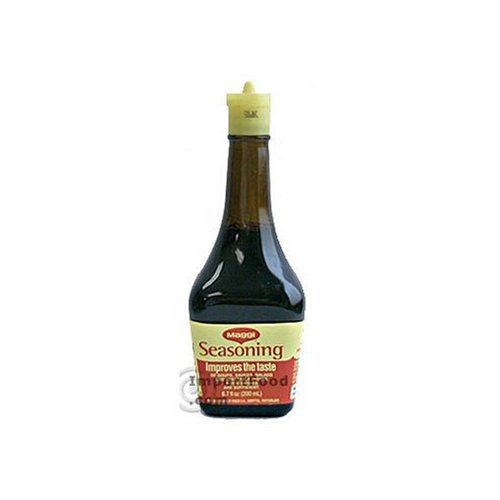This one looked super complicated, so I skipped it initially, but it turns out to be not bad at all. The tricky part was the translation.
The basic idea is to deep fry marinated chicken, ham and mushroom, wrapped in "cellophane" paper, sort of like a Vietnamese spring roll, fried.
Problems started early, when we discovered that the AllGreen International Supermarket had closed. This meant we had to settle for western-style ham instead of Chinese (and that I need a new Asian market). Fortunately, the cellophane paper can be obtained in most regular markets, and I already had everything else.
The first hiccup in the ingredients is where it calls for "1 piece ham." The Chinese was no more helpful, specifying a "small square." I eventually guessed the amount based on the pictures and the relative size of the ham pieces. I also ended up using more mushroom based on the same technique.
The list calls for parsley, which struck me as odd, not very Chinese. On a hunch, I got cilantro instead. Later, my translator confirmed that the Chinese version does call for cilantro, and a quick skim through the book revealed that
everywhere the english calls for parsley, it means cilantro.
Finally, the ingredients list asks for "300g of chicken breast (or 1 chicken leg)." This has to be a mistake, since 1 leg never generates 300g of meat. I ended up using 3 thighs to make 300g.
The instructions had me cut the chicken into 3 x 5 cm chunks, but then I ended up with way too many pieces for the number of rolls. I ended up using 2 pieces per roll- next time I'll just cut into 12 pieces. After cutting the chicken, I marinated it in soy, salt, sugar and wine.
From there on out, everything went smoothly- wet the paper (instructions say nothing about that, but the paper package was clear), brush with sesame oil, place cilantro leaf in center, put piece of mushroom and ham on top of leaf. Place (in my case 2 pieces of) chicken on top, fold like a small burrito.
Deep fry 2 minutes. Instructions said 160C, but given my past experience, I bumped it up to 375F. Later decided to compromise at 350F.
Notice how the air in the rolls expands to balloon out the roll.
This can tear the wrapper, so it works better if you put them in cilantro side down (Doesn't hurt flavor, just looks nicer). Also a good idea to only do 2 at a time or they tend to stick together, at lest in my wok.
The results come out with the wrappers both crispy and chewy, so the experience is as if you wrapped them in chicken skin. Both testers agreed that this was really tasty. Both the textures and flavors were great blends, even if all my rolls weren't the prettiest. I'm sure they would have been even better with proper Chinese ham.
Even though deep frying always makes something of a mess, these were 25 minutes from refrigerator to table, and definitely deserve a spot in the rotation.
One final tip. I noticed that if I bit the wrong end first, I would miss the flavor of the mushroom, So I took to putting in 2 smaller pieces, so the first bite always had some of that mushroomy goodness.




















